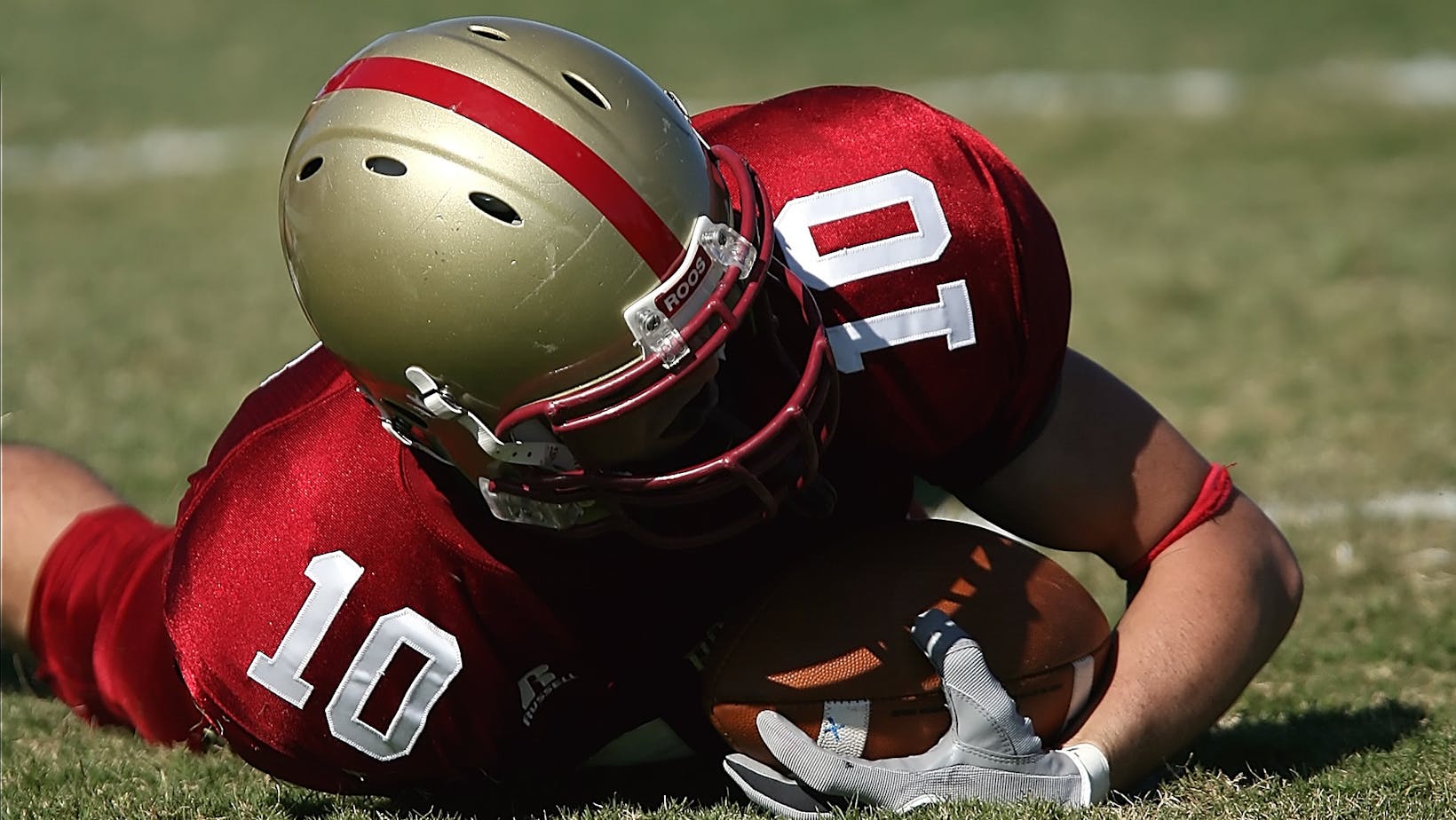As the adrenaline of the football season kicks in, there’s an unseen hero that’s making waves off the field – the humble football helmet. It’s no longer just a piece of protective gear; it’s a marvel of modern engineering, continually evolving to keep players safe.
Innovations in football helmet design are transforming the game, reducing the risk of concussions and other severe injuries. This article delves into these cutting-edge advancements, exploring how science and technology are shaping the future of football safety.

Evolution of Football Helmets
The progression of football helmets, integral to player safety, demonstrates the confluence of science, technology, and sports. With this evolution, the risk of player concurrences and injuries has significantly reduced. As a player, fan, or proponent of sports technology, this journey provides fascinating insight into protective gear’s innovative world.
Early Designs and Materials
The inception of the football helmet dates back to the late 19th century when players predominantly used moleskin hats as their primary means of protection. It provides little, if any, protection against head injuries compared with today’s widely-acknowledged safety standards. A key aspect of these early designs includes the absence of any facial guards; leaving the player’s face exposed. The helmets were mere leather caps until the 1930s, when hard leather replaced the soft variant, providing a semblance of better protection.
Developments Through the 20th Century
The football helmet’s evolution truly took flight during the 20th century. Notably, in the 1940s, helmets began to include plastic materials, introducing a significant upgrade. In subsequent decades, manufacturers refined helmet designs to include inbuilt suspension systems for enhanced cushioning and impact resistance. During this period, the adoption of face masks reduced facial injuries, marking a significant development. The 1980s saw the introduction of polycarbonate shells, replacing older plastic helmets—delivering higher resistance to impact.
This trailblazing pace of development through the 20th century set the stage for the innovative, high-tech football helmets of today.

Football Helmet Innovations
Modern football helmets incorporate numerous innovative features designed to enhance player safety and comfort.
Impact-Absorbing Technologies
In the quest for optimal protection, significant advancements have been made in the development of impact-absorbing technologies. These innovations aim to lessen the risk of head injuries and concussions, prevalent issues in the sport.
To begin with, modern helmets utilize a variety of cushioning materials, including foam padding and inflatable bladders, which expand during impacts to absorb shock, thereby reducing the force transmitted to the player’s head. For instance, Riddell, a premier helmet manufacturer, has introduced the SpeedFlex helmet featuring its Patented Side Impact Protection and Ratchet-Loc retention system.
Secondly, the introduction of accelerometers and sensors in helmets has enabled real-time monitoring of impacts. This technology, such as the one present in the Zero1 helmet by VICIS, quantifies the severity of hits, thus alerting medical teams to potential injuries.
Lastly, multi-layered structures and flexible shells are another notable innovation. They work by distributing the force of the impact across a larger surface area, lessening its impact. The Schutt F7 LTD helmet’s Tektonic Plate Technology, allowing the helmet’s exterior to move independently from the interior layer, exemplifies this concept.

Improved Fit and Comfort Features
Besides robust protection, the modern football helmet also sees noticeable advancements in improving fit and enhancing comfort, marking a significant shift from earlier designs.
Primarily, helmets nowadays include adjustable padding systems and air bladders for a more personalized fit. This customization minimizes helmet movement and reduces the risk of impact-related injuries. A case in point is the Xenith Epic+, which boasts an Adaptive Fit System for personalized comfort and stability.
Moreover, better ventilation systems have been introduced to keep players cool during intense periods of play. The Riddell SpeedFlex helmet, for instance, sports strategically placed air vents for ideal temperature regulation.
Lastly, lightweight designs have become standard in modern football helmets, improving player comfort and reducing neck strain. An instance of this breakthrough is the Schutt Vengeance A11, which uses high-density EVA foam, a lighter yet highly effective cushioning material.
Advancements in impact-absorbing technologies and fit and comfort features play a pivotal role in the innovatory trend of modern football helmets.
The evolution of football helmets underscores the commitment to player safety, showcasing the power of innovation in sports gear. The future holds promise for even more advancements, as technology continues to evolve and integrate into the sports world.

